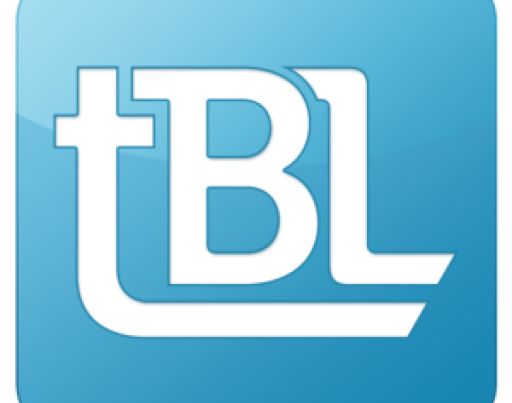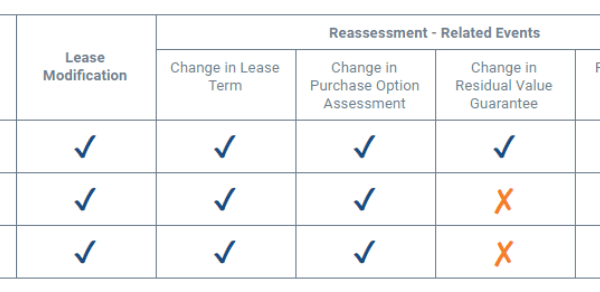There are two methods for paying taxes, one is through payroll and another is with estimated tax payments. Estimated tax payments are suggested when taxable income comes from more than just wages. For CRE brokers, we establish a cash flow and tax plan and make adjustments throughout the year.
Estimated tax payments are quarterly but follow a different quarterly calendar than you would expect, with quarters ending March 31, May 31, August 31, and December 31. An underpayment penalty can result from not having enough taxes paid in, or uneven tax payments as well. The penalty is a rate of interest set quarterly at the Federal short-term rate plus 3%.
Generally, an underpayment tax penalty can be avoided by tax withholding or paying in the “safe harbor” amount. This represents 90% of this year’s tax or 100% of last year’s tax if Adjusted Gross Income is less than $150,000 for Married Filing Jointly or half that for a single filer. If greater than $150,000, the amount is 110% of last year’s tax.
April 15 is the first estimated tax due date of the year, but you might not know your taxes for the previous year at that point if you plan to file an extension. Your personal tax return due date can be extended to October 15, this could mean you don’t know last year’s tax until after the first three estimated tax payments are due in April, June and September.
Because we perform several tax projections for CRE brokers throughout the year, we have a good idea what last year’s tax will be and what this year’s estimated tax payments should be. Our first round of tax projections begins the first week of April and most CRE brokers have not filed their previous year’s tax return yet.
We ask for current year revenue expectations at this point to project taxes. Because a salary and bonus structure has already been established, we will have consistent monthly or quarterly taxes being withheld from payroll. Estimated tax payments will make up the rest of the tax liability.
Income is broken down into four time periods. Through March 31, May 31, August 31, and December 31. When your tax return is being prepared it assumes you earned the income evenly throughout the year. So, income will be prorated within each of those time periods and compared against the tax withholding and estimated tax payments.
If there is a shortfall then interest will begin to accrue until the shortfall is made up in a subsequent quarter. We prefer to start tax payments high and lower them throughout the year.
Tax withholding through payroll is considered having been paid evenly throughout the year. We often tax advantage of this by backloading tax withholding in December with a bonus payroll. By the time a bonus payroll is calculated, the year is nearly over and we have a very good idea of your tax liability for the year.
Paying in more and early is better for avoiding penalties than paying in more and late. There are too many details and nuances to explain here, and you should not be tasked with learning them in your free time. Suffice it to say, more time and attention should be paid to your cash flow and tax payments, and we are here to help.



